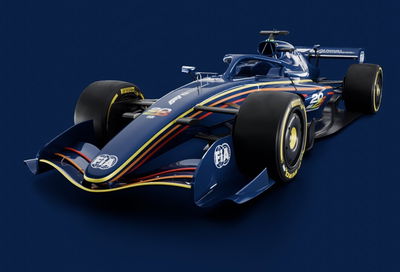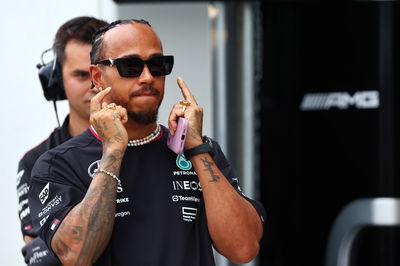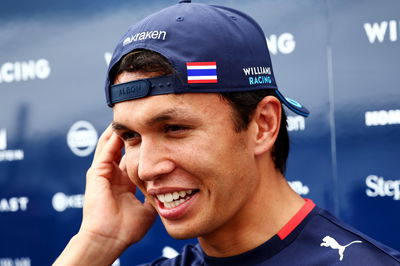What the drivers make of F1’s 2026 regulations as ‘slow’ fears emerge
Lewis Hamilton is one of multiple drivers to voice concerns about F1's proposed rule shake-up for 2026.

F1 drivers have been sharing their views about the sport’s new rules that will come into effect from 2026.
F1’s governing body the FIA revealed the first details of the plans for the next set of regulations on Thursday ahead of this weekend’s Canadian Grand Prix.
The new cars will be smaller, nimbler and feature new, more environmentally-friendly power unit technology using fully sustainable fuels. Altogether, they will be 30kg lighter and 10cm narrower.
There has been a mixed reaction to the announcement, with Lewis Hamilton among several drivers who raised concerns that the new breed of F1 cars could be too slow.
While Hamilton said the new rules are a step in the “right direction”, the seven-time world champion added “they are still heavy”.
"I have only just seen what everyone has seen this morning so I don't really have huge thoughts on it just yet,” said Mercedes driver Hamilton, who will be racing for Ferrari when the new rules come into play.
"I've spoken to some drivers who have driven [the 2026 car] on the simulator and they say it is pretty slow. So we will see whether it's actually the right direction or not.
"But I think in terms of sustainability, particularly on the power unit side, I think that's a really bold step and that is going in the right direction.
"But we've just got to make sure the cars are efficient, fast and an actual step forwards, and actually racing is improved.”

Hamilton went on to say that “more often that not when they [the FIA] do the changes some teams do better that others.
“Hopefully these regulations won't make too big a difference.”
The cars are set to feature a new overtaking aid which will replace DRS, as well as sophisticated active aerodynamics - known as “Z-Mode” and “X-Mode”.
Hamilton was not the only driver to express some fears, with Williams’ Alex Albon saying: "I don't want to speak out of turn but I think it's going to be very slow, extremely slow.
"I'm guessing there's a lot of stuff being done around making sure the straight-line speeds are not tapering off at the end with all the MGU-K and what not being involved.
"I still think there needs to be some work done. Seeing some of the work we have done, and seeing the speed traces around some of the tracks, it's pretty slow.
“The size of the cars, I think is the right direction. Not speaking negatively around it, I think there are positives and negatives around the whole thing. It seems to be that to recover what the new engine regulations are creating, means that everything becomes extremely complicated.
"The whole aero path that we're going to go down, I'd rather just have a bit more simple engines, a little bit more maybe standardised parts within the engines or whatever it may be, and just return to a more basic regulation.”

Aston Martin’s Fernando Alonso argued the new rules will ultimately be judged on whether they successfully promote greater competition.
”I think the smaller cars, just being able to overtake, or to fight a little bit more, that will be the best part for drivers," the Spaniard said.
"I think for us the most important thing for us is that it's a close competition and that many teams and drivers have the possibility to win.
“What we don't like is when one team wins all the races for two or three years, so let's see if the 2026 rules can bring that.”
Alonso’s comments were echoed by McLaren driver Oscar Piastri, who conceded that big rule changes tend to create a larger field spread.
"Every time the regulations have changed it has led to a pretty big spread,” Piastri said. “With these regs we are only just starting to catch up to Red Bull now.
"But we have a place in society to be at the forefront of technology and innovation and I guess you could argue that sometimes that comes at the cost of the racing.
"I wouldn't be surprised if the teams separated more in 2026 with the aero regs and the engine regs."












